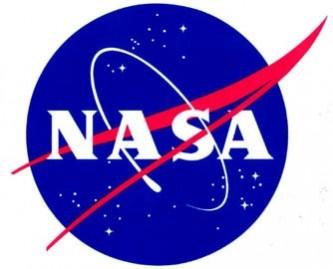NASA's Juno mission has captured lightning on Jupiter, the agency said.
Juno captured the view as it completed its 31st close flyby of Jupiter on December 30, 2020. The image shows a vortex near Jupiter's north pole.
The spacecraft's JunoCam instrument observed the glow from a bolt of lightning.
On Earth, lightning bolts originate from water clouds, and happen most frequently near the equator, while on Jupiter lightning likely also occurs in clouds containing an ammonia-water solution, and can be seen most often near the poles, NASA said.

In 2022, citizen scientist Kevin M. Gill processed the image from raw data from the JunoCam.
At the time the raw image was taken, Juno was about 32,000 km above Jupiter's cloud tops, at a latitude of about 78 degrees as it approached the planet.
In the coming months, Juno's orbits will repeatedly take it close to Jupiter as the spacecraft passes over the giant planet's night side, which will provide even more opportunities for Juno's suite of science instruments to catch lightning in the act, mission officials said.
Launched in August 2011, the spacecraft arrived at Jupiter in July 2016
The mission aims to understand the origin and evolution of Jupiter, look for solid planetary cores, map magnetic fields, measure water and ammonia in the deep atmosphere, and observe auroras.
Last month, the spacecraft flew past the gas giant's volcanic moon Io. The flyby of the Jovian moon was the closest to date, at an altitude of about 35,500 km.

Now in the third year of its extended mission to investigate the interior of Jupiter, the solar-powered spacecraft will also explore the ring system where some of the gas giant's inner moons reside.
To date, Juno has performed 50 flybys of Jupiter and also collected data during close encounters with three of the four Galilean moons - the icy worlds Europa and Ganymede, and fiery Io.
Last month, the European Space Agency (ESA) officials said its JUpiter ICy moons Explorer or JUICE mission, is ready to study Jupiter.
Launched on April 13, JUICE is ESA's first-ever mission to find alien life on the icy worlds of Jupiter.
(With inputs from IANS)
















